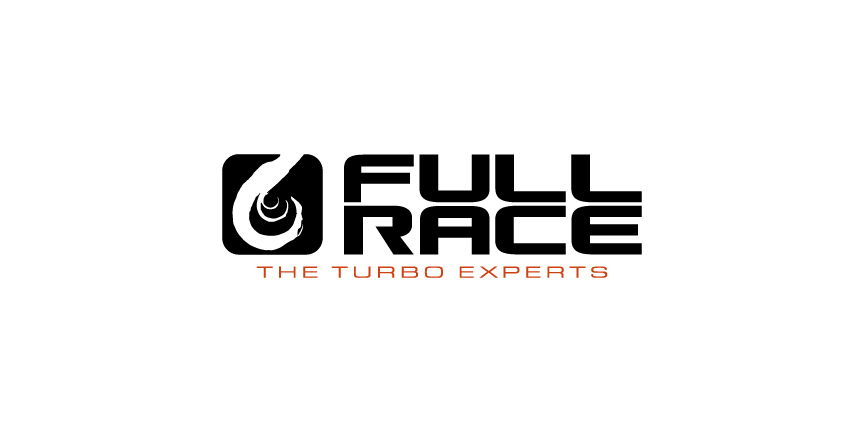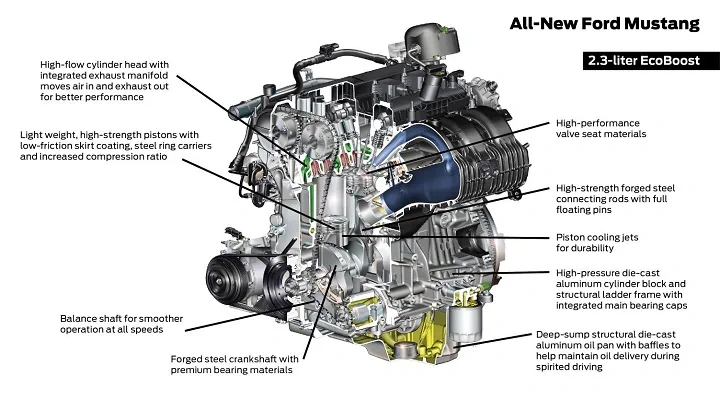Inside the EcoBoost 2.0L Engine
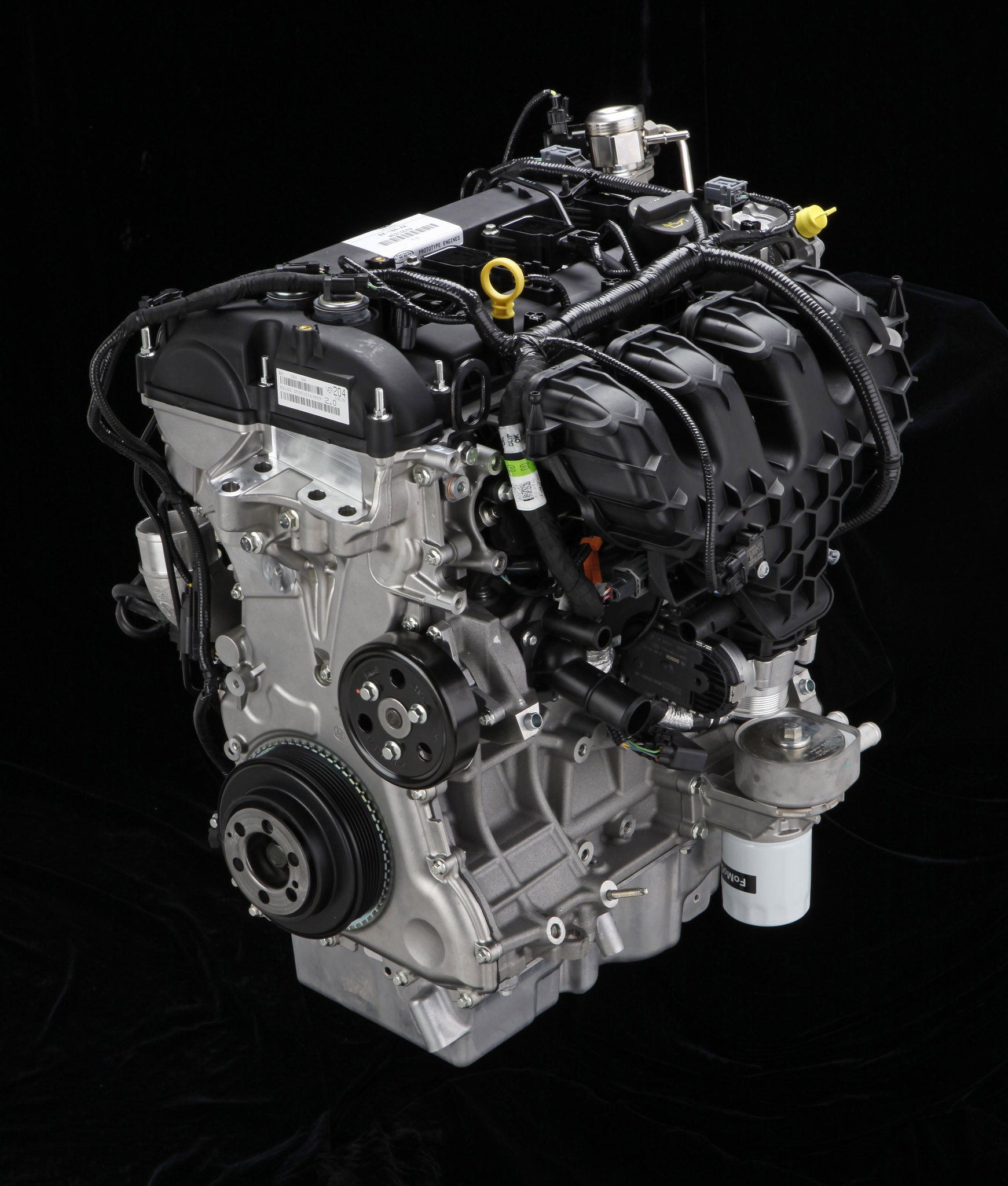
Background:
Ford engineers know that everybody needs a daily-driver, and some of us have families to haul around – but no self respecting auto enthusiast wants to settle for a bland or boring sedan! Due to the combination of direct injection, turbocharging and variable camshafts, these EcoBoost engines truly deliver ‘Eco’ fuel efficiency with great “Boost” performance. Combining this powerplant with best-in-class suspension/chassis, clean outside looks and a solid drivetrain – it’s no surprise Ford Motor Co. is on track for record
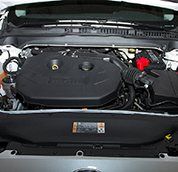
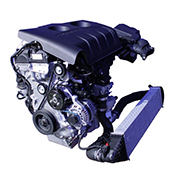
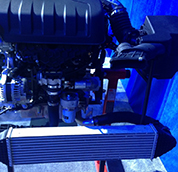
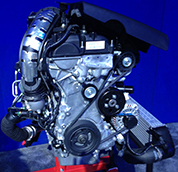
The 2.0-liter EcoBoost four-cylinder engine uses a quick spooling and durable BorgWarner K03 turbocharger to achieve full boost by 2000rpm. On 87 octane this equates to 270 pound-feet of torque at 3,000 rpm and 237 horsepower at 5,500 rpm.
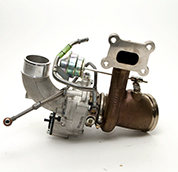

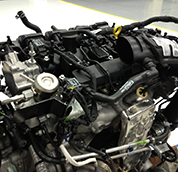
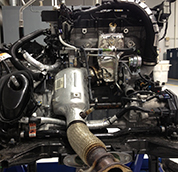
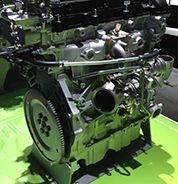
EcoBoost 2L Engine Internals
Ecoboost engines use remarkably strong engine internals for long term durability and reliability. Some of the features that make this 2.0L I4 EcoBoost engine ideal for an upgraded turbo
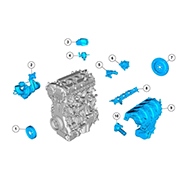
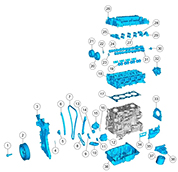
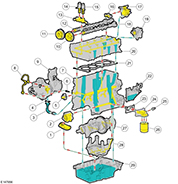
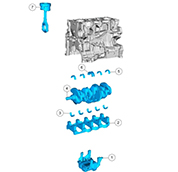
- Forged steel “I-beam” connecting rods reliably transmit high torque from piston to crank without distortion or bending.
- Forged steel crankshaft is made to withstand tremendous amounts of force
- Cast in support ribs provide the forged crank strength and rigidity throughout the engine block.
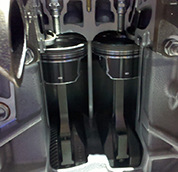
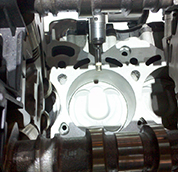
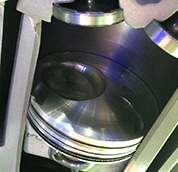
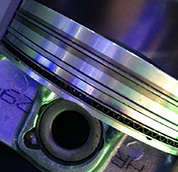
- “Open-Deck” aluminum block with high strength steel sleeves (molded in) keeps cylinders cool and resistant to pre-ignition detonation.
- Cast aluminum oil pan resists denting or wear
- Ford’s 10.0:1 Compression Ratio EcoBoost piston design uses High-Temperature Aluminum alloy combined with 2 steel cast-in upper ring supports. Previously found on high performance diesel engines, these steel supports are recessed below the piston top and act as the upper ringlands. They provide rigidity across the piston and allow the low tension rings to reliably handle long-term turbo boost.
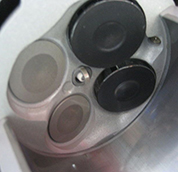
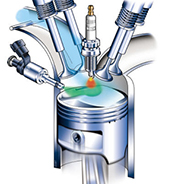
- Piston top shape designed for efficient combustion with direct injector and controlled flame propagation across the cylinder.
- Low friction coatings are used on the piston skirt to reduce wear and friction on the cylinder walls.
- Piston cooling “oil squirter” jets spray oil on the underside of the piston to keep it cool and strong.
- “Direct -Injection Bowl” Piston top shape is designed for efficient combustion with direct injector and controlled flame propagation across the cylinder
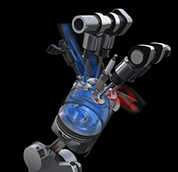
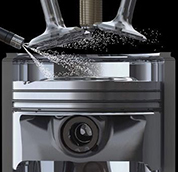
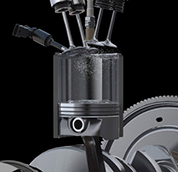
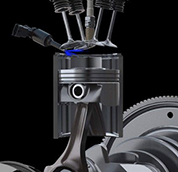
Resources
All ArticlesFor SHOP OWNERs
& KIT BUILDERs
Full-Race Motorsports is the most
trusted name in turbocharging.

